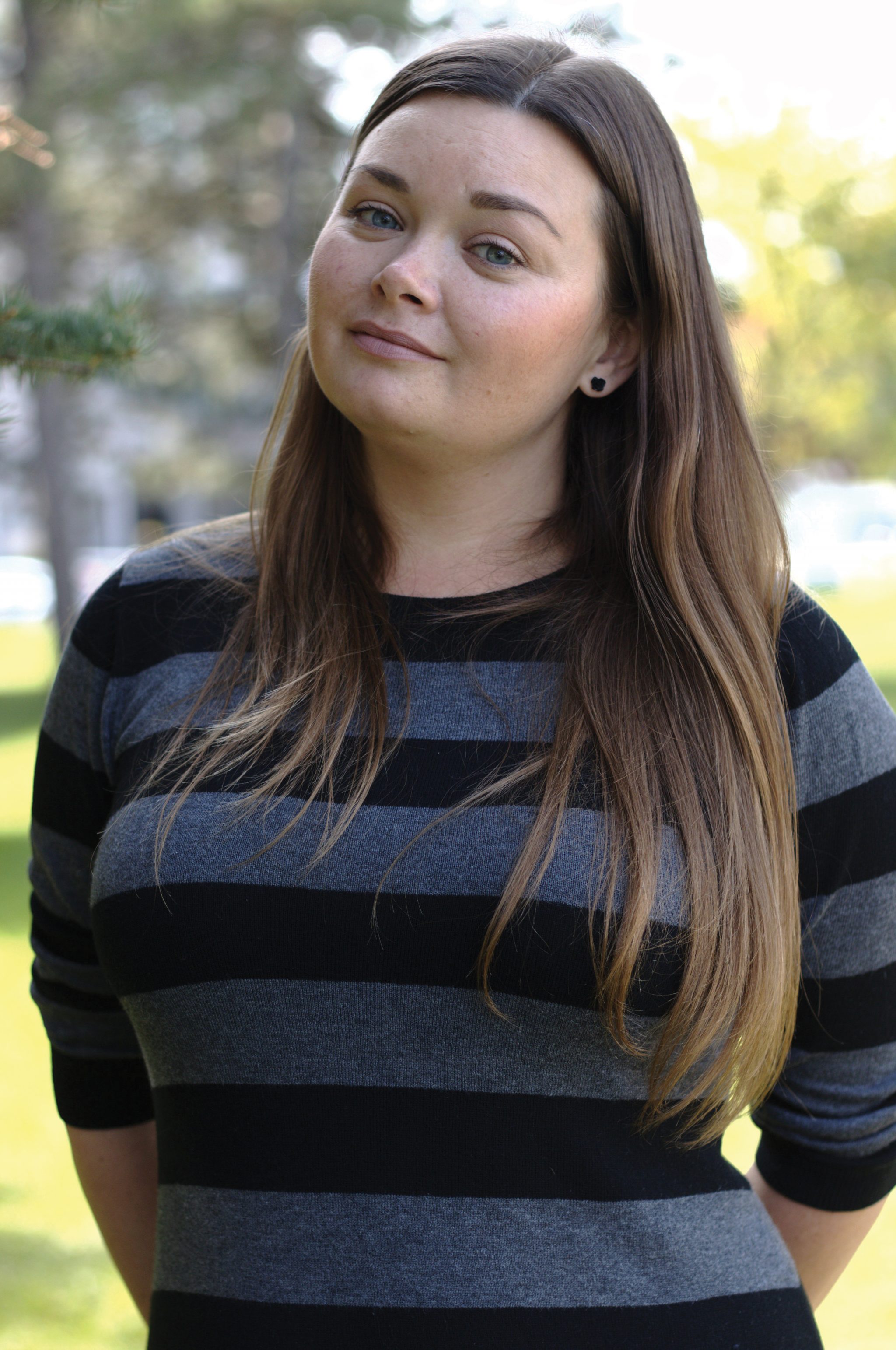Indigenous Curriculum Specialist arrives at Laurier this year


On Aug. 1, Wilfrid Laurier University introduced Erin Hodson as the first ever Indigenous Curriculum Specialist at Laurier.
Hodson has obtained a master’s degree in social and cultural contexts of education. The newly created role works collaboratively with Indigenous Initiatives and The Centre for Teaching Innovation and Excellence. The Indigenous Curriculum Specialist’s role within university is interdisciplinary, all faculty and staff are welcomed to use the resources that the Indigenous curriculum specialist can provide.
“It’s not just about the content that is being delivered but how it is delivered,” Hodson said.
“My job here is to connect with faculty and to help them sort of create spaces within their content for Indigenous information.”
“I have been tasked with creating space for Indigenous content – so Indigenous ways of knowing and being – into faculty and support staff … anyone standing in front of a classroom. If they are discussing Indigenous stuff they can come to me,” Hodson said.
Indigenous ways of knowing and being is another resource Hodson is working to promote within the University. Indigenous ways of knowing refers to best practice.
“’Indigenous ways of knowing and being’ is a weird term but no one really knows what it means,” Hodson said.
“Basically it [means] best practice. A lot of [instructors] are doing it without even knowing what it is.”
Hodson clarifies that you can think of Indigenous ways of knowing and being as they relate to holistic education, for example the Medicine Wheel is an example of an Indigenous way of knowing and being.
“The Medicine Wheel” refers to the entirety of someone’s being.
The buzz surrounding this position at the university has resulted in at least one member from each faculty requesting a meeting with Hodson to discuss incorporating Indigenous content into their teaching.
“When [students] walk in the room they are a mental, emotional, physical and spiritual being and it’s important – in particular with Indigenous students, but also with everyone – to be aware when they walk into a room,” Hodson said.
“[Students] come with all parts of themselves. because they all come with many pressures they all need to be taken into account and the best way to do that is to create a learning community in their classroom where they feel like they can speak to you,” Hodson said.
Indigenous peoples in particular are taken into account when implementing Indigenous ways of knowing and being due to struggles their communities face on a daily basis because of colonialism.
“In terms of specific Indigenous students, we come with an entire host of intergenerational issues which need to be taken into account,” Hodson said.
“I think sometimes particularly with Indigenous students who come from reserves – and off reserve as well – the idea of community needs to be understood in terms of a familial unit,” Hodson said.
When it comes to faculty engagement, Hodson has been overwhelmed with all the support she has received thus far including the support of Dana Lavoie from the Employment Equity & AODA Office.
“Hiring an Indigenous Curriculum Specialist is one of the ways Laurier is operationalizing its Strategic Academic Plan. It’s one thing to say, ‘learning about and understanding Indigeneity is part of the core experience for all students, faculty and staff,’” Lavoie began.
“It is another thing to actually put resources behind making this happen. I, along with many of my colleagues, [am] excited to learn from and collaborate with Erin,” Lavoie said.
The buzz surrounding this position at the university has resulted in at least one member from each faculty requesting a meeting with Hodson to discuss incorporating Indigenous content into their teaching.
“I think that this is really a testament to the work that people who made sure that this position happened, it wasn’t just one person it was across many different places in the university who pushed for this and saw validity in this [position].”
Hodson mentioned that there is one solid way that instructors can begin to incorporate indigenous content into their classrooms.
“If there is one thing that I think all [instructors] can do, [it would be] to put the land acknowledgement in their syllabus,” Hodson said.
“It’s something that will get people to start thinking about where they are and give people some context on Indigenous content.”

